
A scene in Tahiti by Tupaia, 1769.
© British Library, Add MS 15508
On tour with Tupaia
Kerry Lotzof
Stowed away in the margins of Captain Cook's and Joseph Banks's diaries, the enigmatic Polynesian has no known portrait, but may have been one of the most influential figures aboard HMS Endeavour.
Professor of Social Anthropology and Māori Studies at Auckland University, Dame Anne Salmond shares the tale of Tupaia, a little-known Polynesian polymath whose assistance to the British is remembered with mixed feelings.
'I first encountered Tupaia while researching Captain Samuel Wallis and the European discovery of Tahiti, and the subsequent voyages of James Cook and William Bligh,' Anne explains.
'In both Wallis's and Cook's diaries, Tupaia emerges as an extraordinary figure in this hotbed of clashes and exchanges with people in the Pacific.'
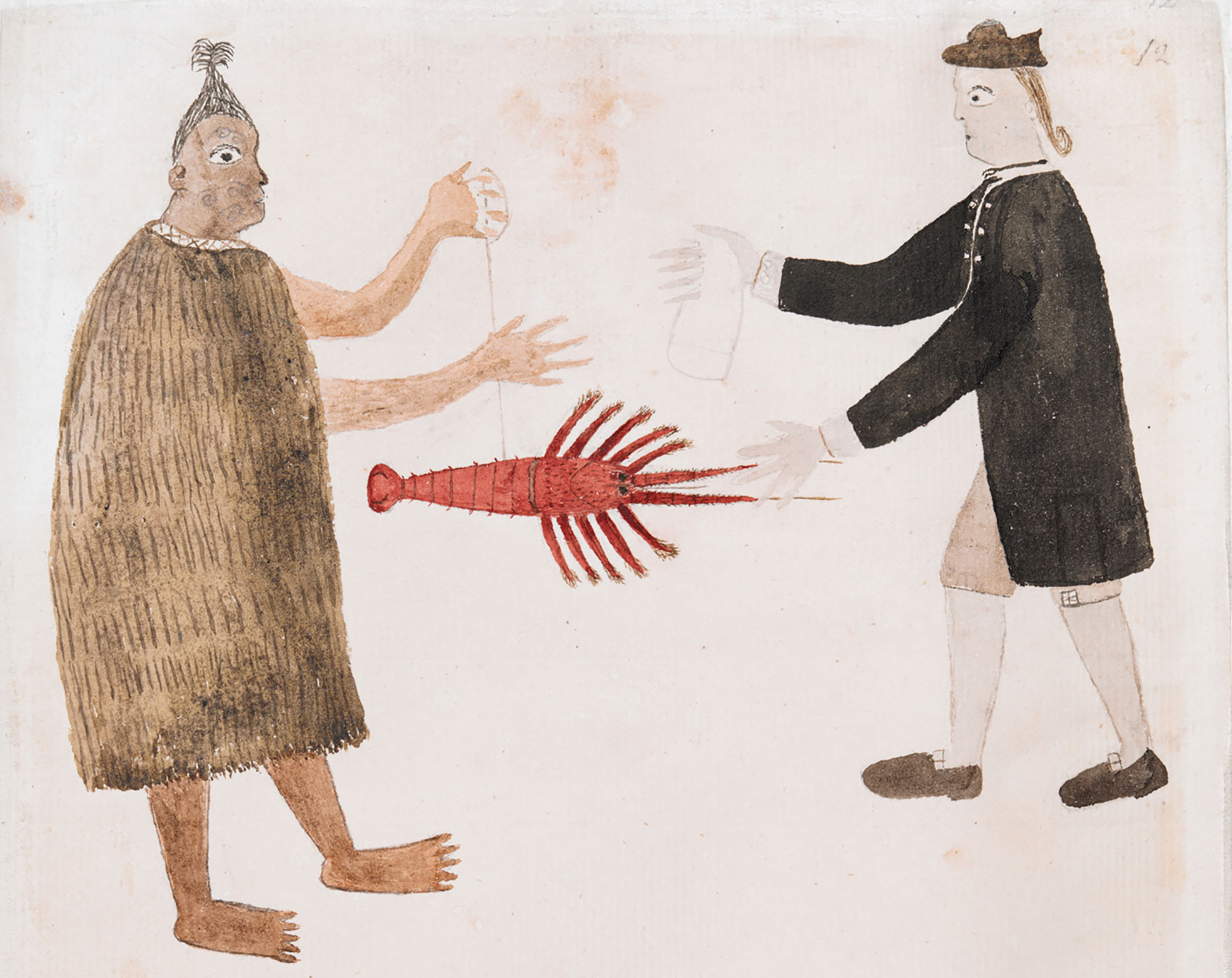
This painting of a Māori trading a crayfish for cloth with Joseph Banks was attributed to European ship artists until a relatively recent discovery in the Natural History Museum archives.
'When I was writing the first book to feature Tupaia, I met with Harold Carter who was looking after letters and correspondence at the Natural History Museum in London at the time. He recognised a passage in Joseph Banks's diary attributing the drawing to Tupaia,' says Anne.
Banks and a Māori by Tupaia, 1769 © British Library, Add MS 15508, f. 12
Who was Tupaia?
Born around 1725, Tupaia was a Polynesian aristocrat and star navigator from Ra'iātea, one of the Society Islands in the South Pacific Ocean.
As a high priest of 'Oro, the god of fertility and war, he officiated at religious ceremonies and was a chief custodian of important ancestral, astronomical and navigational knowledge.
When his home of Ra'iātea was conquered by men from the island of Bora Bora, Tupaia was forced to flee to Tahiti, where he became advisor to the chief of Papara and lover or consort to Purea (who at one point was regarded by the British as the Queen of Tahiti).
Anne adds, 'Although we don't know what Tupaia looked like, it's possible that one of Sydney Parkinson's unnamed portraits is of him. We do know that he had black tattoos on his legs, from thigh to heel, marking him as a high-ranking member of the 'Arioi cult (the followers of 'Oro).'
Tupaia joined Captain Cook's first voyage at Tahiti in July 1769, acting as guide, interpreter and diplomat until his death in Jakarta, Indonesia, on 11 November 1770.
According to Anne, Tupaia had a profound effect on the Endeavour voyage.
'There's no other relationship quite like it,' she says. 'He wasn't just any interpreter. Tupaia was an artist, high priest and star navigator, and was very well travelled - he had been as far as Tonga.
'It's possible he joined the crew partly out of curiosity but also to get access to guns. He even turned part of Cook's journey into his own ceremonial voyage.'
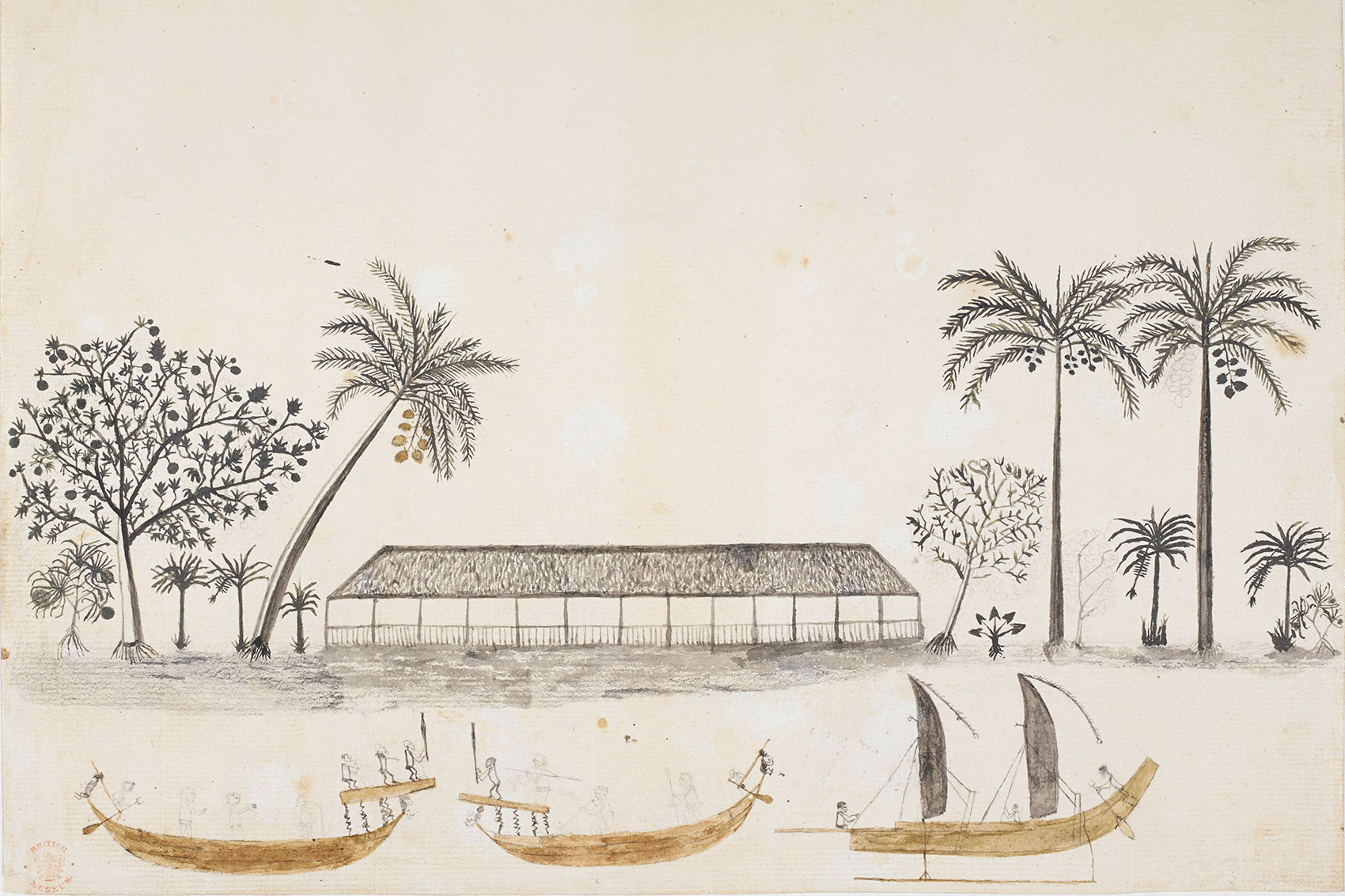
We know from the diaries of European explorers that Tupaia spent a lot of time with the naturalists and artists on the voyage and learned to draw in the European style. He adapted to European art forms, but his style remained very Polynesian. Tupaia was also a tattoo artist and his works clearly reference figurative tattooing. According to Anne, Joseph Banks and others in his party returned to Britain with 'Arioi tattoos on their bodies, so it would appear that there was mutual artistic exchange and appreciation.
A scene in Tahiti by Tupaia, 1769 © British Library, Add MS 15508
Helping the British
Without Tupaia, the British crew may not have survived their early encounters with Māori warriors, nor would they have made nearly as many discoveries as they did.
Eminent eighteenth-century naturalist George Forster went so far as to describe Tupaia as a genius.
When HMS Endeavour departed Tahiti on its secret mission to find and map Terra Australis, Tupaia and his young male servant Taiata joined Cook, the plan being to remain on the ship when it returned to Britain.
Tupaia was an important conduit of local knowledge and hospitality in the early part of the voyage.
Food
In those days, long ship voyages were no culinary delight. 'Joseph Banks would knock biscuits on the table and count the different species of weevil,' says Anne.
'One of the things that European vessels wanted immediately when they came ashore in the islands was fresh water and fruit, because all the food they had on board was dried or salted and horribly unpalatable.'
Luckily for the crew of Endeavour, the Polynesians were very hospitable, offering frequent feasts and freely sharing their knowledge of edible plants.
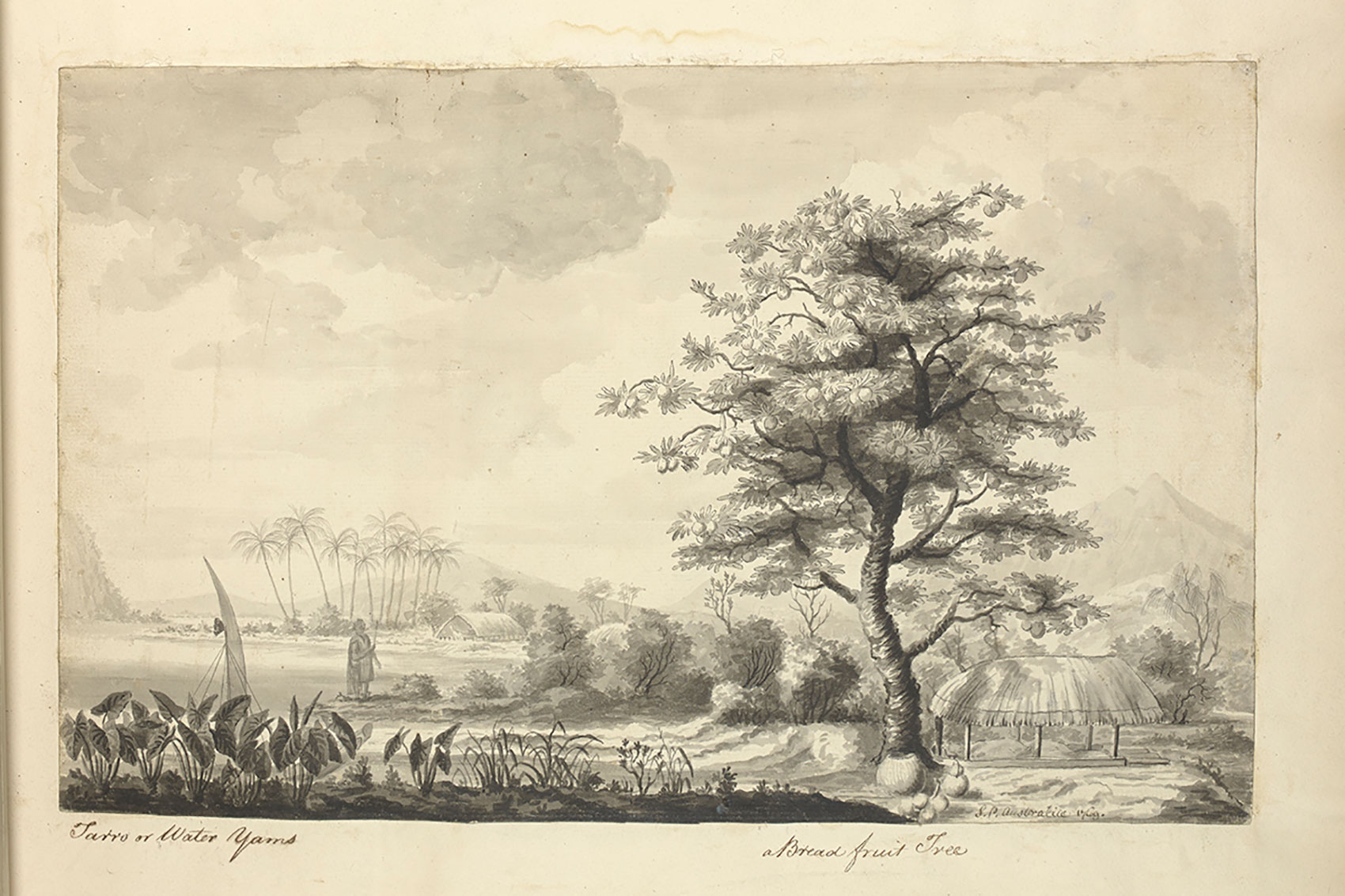
Welcomed by Tupaia and other Polynesians, the European scientists travelling on the Endeavour were able to learn a great deal about useful plants in the area, including taro, yams and breadfruit.
Breadfruit was of particular interest to Joseph Banks, who later proposed it be used as a cheap food crop to feed enslaved people in other tropical colonies. A special expedition was commissioned to transport breadfruit plants from Tahiti to the Caribbean. In fact, William Bligh was given command of the notorious HMS Bounty in 1787 for this purpose.
A view in Tahiti with taro, yams and a breadfruit tree by Sydney Parkinson, 1769 © British Library, Add MS 23921, f. 9
Navigation and diplomacy
Tupaia piloted the ship around the Society Islands and showed Cook the passes through the reefs.
Anne explains, 'He had men dive down to measure the depth of Endeavour's hull so he could advise which passes were not safe.'
When they came to New Zealand and its unfamiliar coastlines, Tupaia became an interpreter and mediator for the British. He wasn't with Cook at the first landing at Tūranga-nui (Poverty Bay), an event which resulted in the shooting of a Māori chief, Te Maro. From that time Tupaia became their principal negotiator, managing to de-escalate clashes with Māori warriors on many occasions.
'No doubt Tupaia claimed credit for the power of Cook's muskets and cannon, especially when Māori challenged the vessel,' says Anne. 'As a high priest from the ancestral homeland, Ra'iātea, he was a fascinating figure, and his powers must have seemed uncanny.'
When Endeavour reached the east coast of Australia, Cook realised Tupaia was unable to communicate with the area's indigenous population. As he suddenly became less useful to the British, Tuapaia's influence and popularity onboard diminished rapidly.
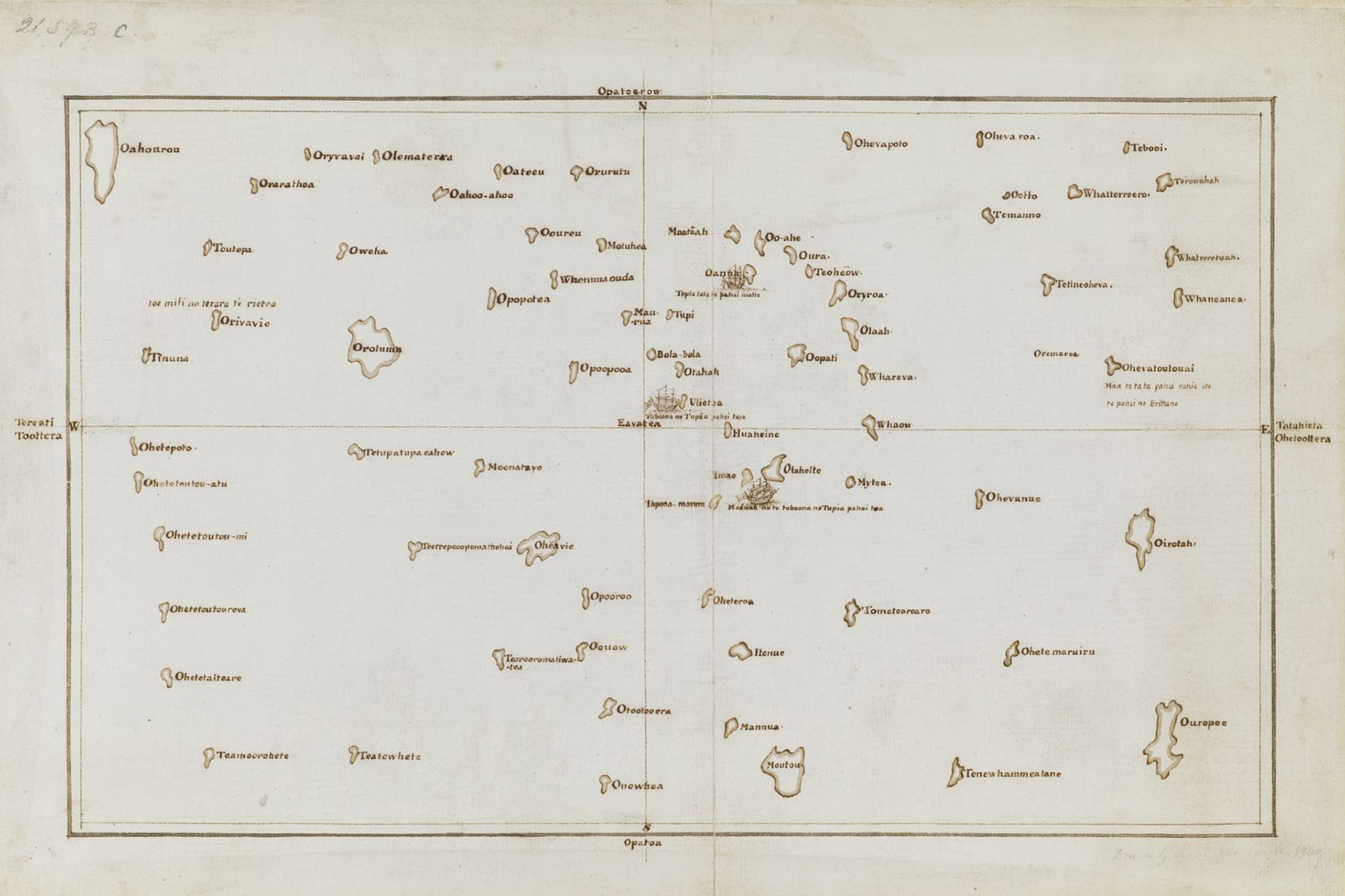
This map of the Pacific islands is attributed to Captain Cook and was produced with information provided by Tupaia. However, it doesn't show the location of islands as a traditional Western map does with longitude and latitude. Instead, it attempts to capture the relationship between islands as understood by Polynesian star navigators, who had a very intricate knowledge of the sea.
'It's really interesting talking to current star navigators about this map as they have a very different idea of the relationship between the navigator and the ocean,' says Anne.
'Navigation was an oral and practical art, and navigators were trained to set off from a particular point to a destination island, following sequences of stars known as a star path.'
Star navigation also includes detailed knowledge of the winds, clouds and currents, migrating birds and whales.
Chart showing the Pacific Islands, based on information provided by Tupaia. Attributed to James Cook, circa 1769-70 © British Library, Add MS 21593 C
Helping himself
As an exiled leader, Tupaia had much to gain from new allies with guns, and made the most of an opportunity to build his own reputation.
'It's highly likely that Tupaia forged an alliance with the British in the hope their guns could be used to expel the invaders on his home island of Ra'iātea,' Anne explains. 'However, Cook had no intention of doing this.'
But Tupaia was able to influence others.
'When this high priest showed up off the coast of New Zealand with an extraordinary vessel and entourage, no one knew whether it was a great bird or a floating island with ancestors on board.'
Tupaia was the only person aboard who could speak with Māori, so he could say whatever he liked to the locals.
'He took the British ashore and performed rituals, effectively turning the Endeavour into his own 'Arioi voyage,' she explains.
'It's clear from oral histories that survive in New Zealand that Māori thought Tupaia was captain of the vessel and that the weird-looking goblin-creatures were under his command.
'It's quite a different take on Endeavour, though it makes sense when you see it from a Polynesian point of view.'
When Cook returned to these areas on subsequent voyages, local people came out asking for Tupaia and singing a special lament composed in his honour.
Anne adds, 'If he had made it to Britain, Tupaia would have been a very impressive figure in British society. He would have been lionised.'
Like other indigenous figures who worked alongside the colonisers, Tupaia's legacy is mixed.
Though he never reached Britain or reclaimed his island (he died in Jakarta of a ship-borne illness), his patrons were successful in their mission to discover viable lands for the crown, his charisma is remembered by both sides of history and breadfruit still grows in the Caribbean.
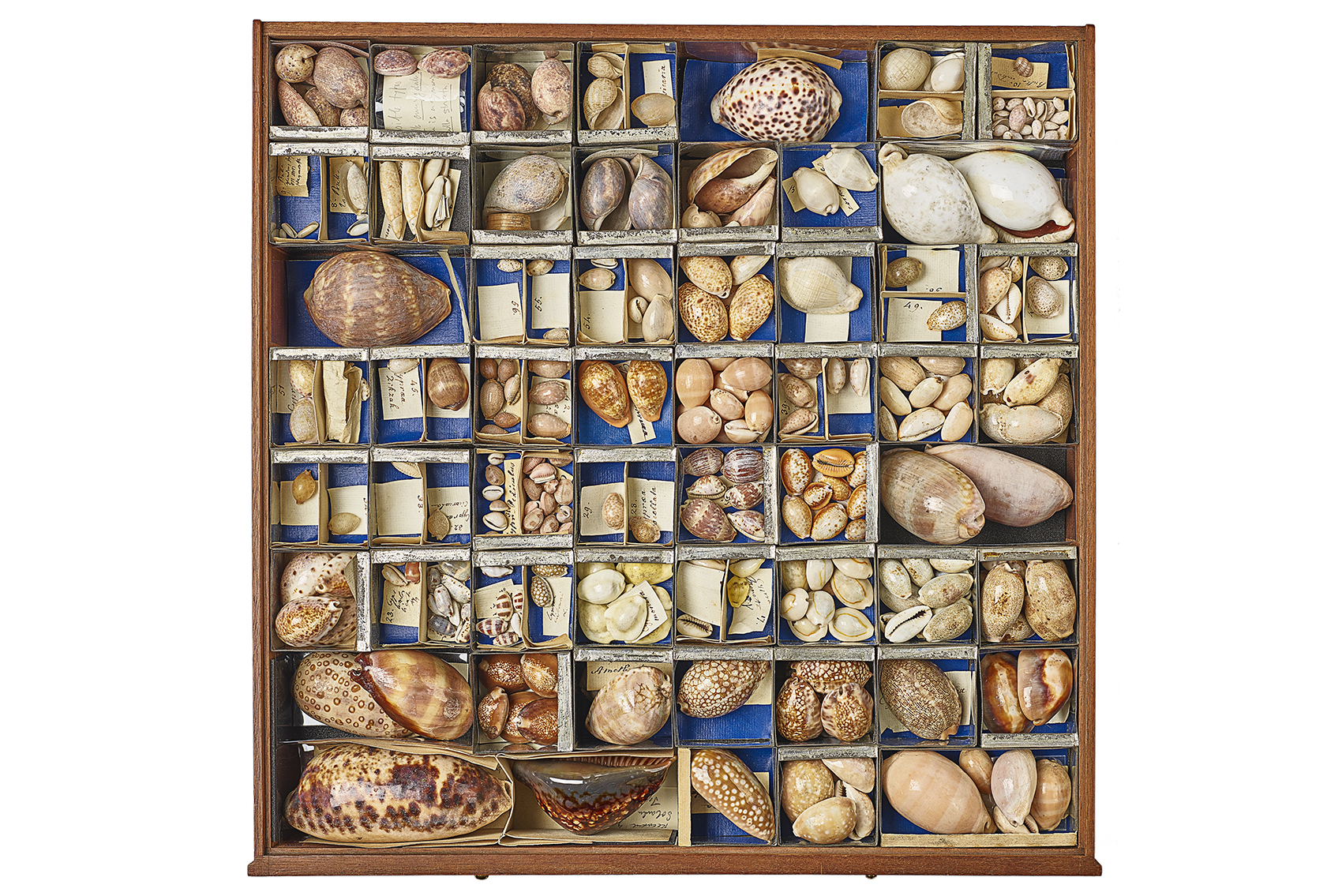
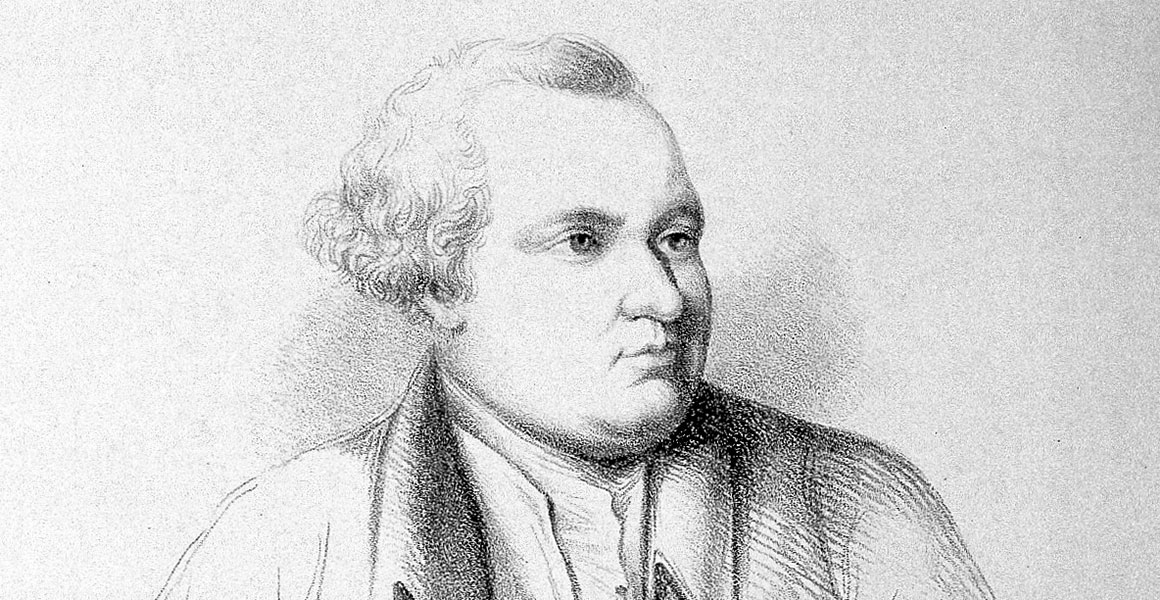


Don't miss a thing
Receive email updates about our news, science, exhibitions, events, products, services and fundraising activities. We may occasionally include third-party content from our corporate partners and other museums. We will not share your personal details with these third parties. You must be over the age of 13. Privacy notice.
Follow us on social media